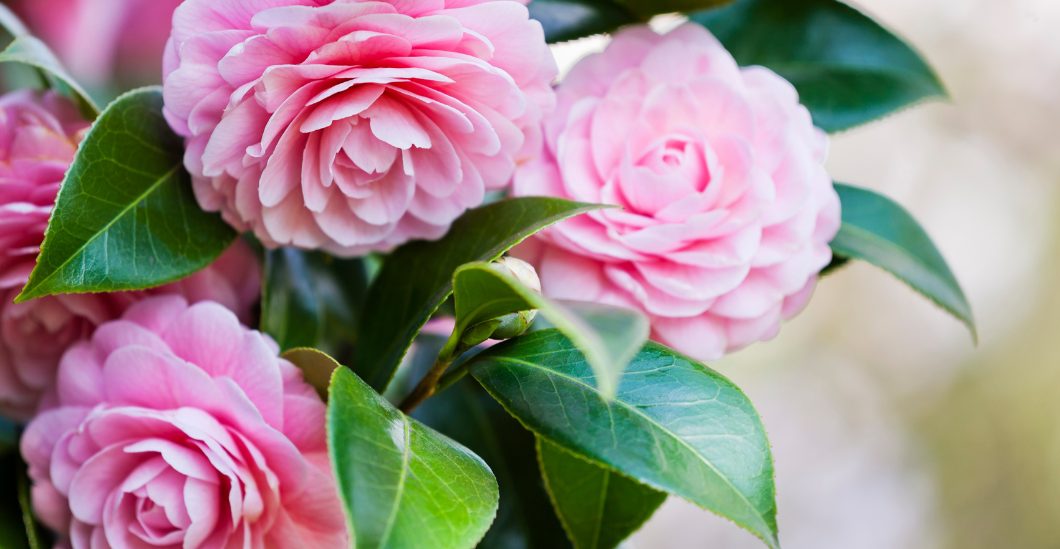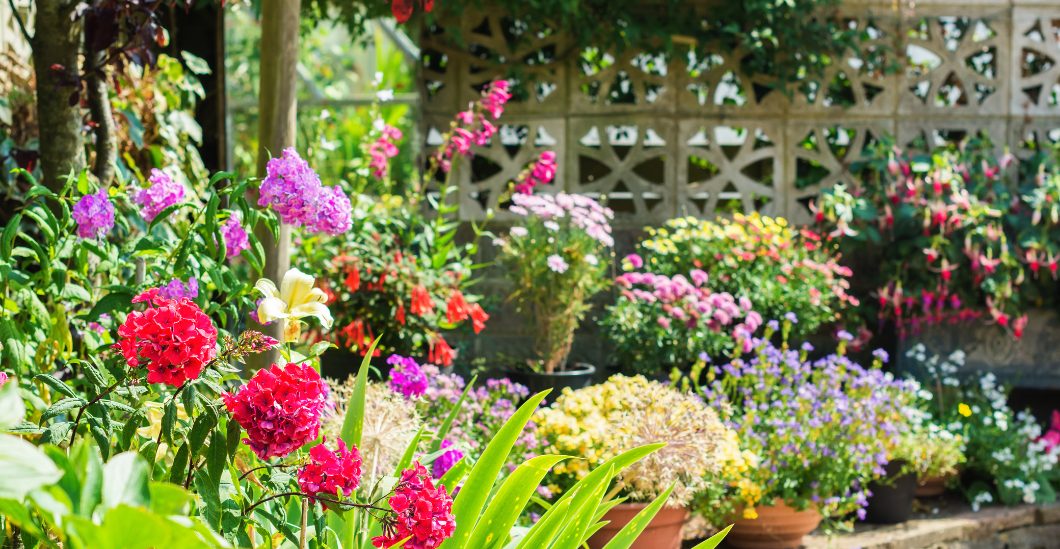The anniversary of a loved one’s passing is a poignant time that often brings a mix of emotions, from sorrow and longing to fond memories and gratitude. Commemorating this day can help keep their memory alive and provide a sense of connection. At Rowley Funerals, we understand the significance of these anniversaries and offer compassionate support to help you honour your loved ones in meaningful ways. Here are some ideas for commemorating the anniversary of a loved one’s passing, including special gatherings, memorial events, and creating a memorial garden at home.
Special Gatherings
Family Reunions: Gathering family and friends can be a powerful way to remember and honour your loved one. Organise a reunion where everyone can share stories, look through photo albums, and reminisce about cherished memories. This collective remembrance can provide emotional support and strengthen familial bonds.
Memorial Services: Holding a memorial service on the anniversary can offer a formal opportunity to reflect and pay tribute. Include readings, music, and speeches that celebrate the life and legacy of your loved one. This service can be held at a significant location such as a family home, a favourite park, or a place of worship.
Picnics or Dinners: A more informal way to commemorate the anniversary is to organise a picnic or dinner. Choose a location that was meaningful to your loved one and serve their favourite foods. This can turn the day into a celebration of their life and the joy they brought to others.
Memorial Events
Charity Events: Hosting a charity event in your loved one’s name can be a fulfilling way to honour their legacy. Organise a fundraising walk, run, or another event to support a cause they cared about. This not only honours their memory but also makes a positive impact on the community.
Tree Planting: Planting a tree in memory of your loved one creates a living tribute that grows and flourishes over time. Choose a location that was significant to them, such as their garden, a local park, or another cherished spot. Watching the tree grow can bring comfort and a sense of ongoing connection.
Memorial Run or Walk: Organise a memorial run or walk to honour your loved one. This can be an annual event that raises awareness or funds for a cause that was important to them, while also bringing people together in remembrance.
Creating a Memorial Garden
Planning the Garden: Creating a memorial garden can be a beautiful and lasting way to remember a loved one. Start by selecting a tranquil spot in your yard or a community space where you can plant flowers, shrubs, and trees that remind you of them.
Plant Selection: Choose plants that were significant to your loved one or that have special meanings. For example, roses for love, forget-me-nots for remembrance, or their favourite flowers. Incorporate a variety of plants to ensure year-round beauty and interest.
Personal Touches: Add personal touches to the garden to make it uniquely theirs. This can include garden stones with engraved messages, wind chimes, or a bench where you can sit and reflect. Consider placing a small plaque or memorial stone with their name and a meaningful quote.
Maintenance and Care: Caring for the memorial garden can be a therapeutic activity. Spend time tending to the plants, weeding, and making seasonal updates. This ongoing care can provide a sense of purpose and a way to stay connected to your loved one.
Commemorating the anniversary of a loved one’s passing can be a deeply meaningful experience. Whether through special gatherings, memorial events, or creating a memorial garden, these acts of remembrance can bring comfort and help you feel connected to your loved one. At Rowley Funerals, we are here to support you in creating a tribute that reflects the unique and cherished memories of your loved one.





